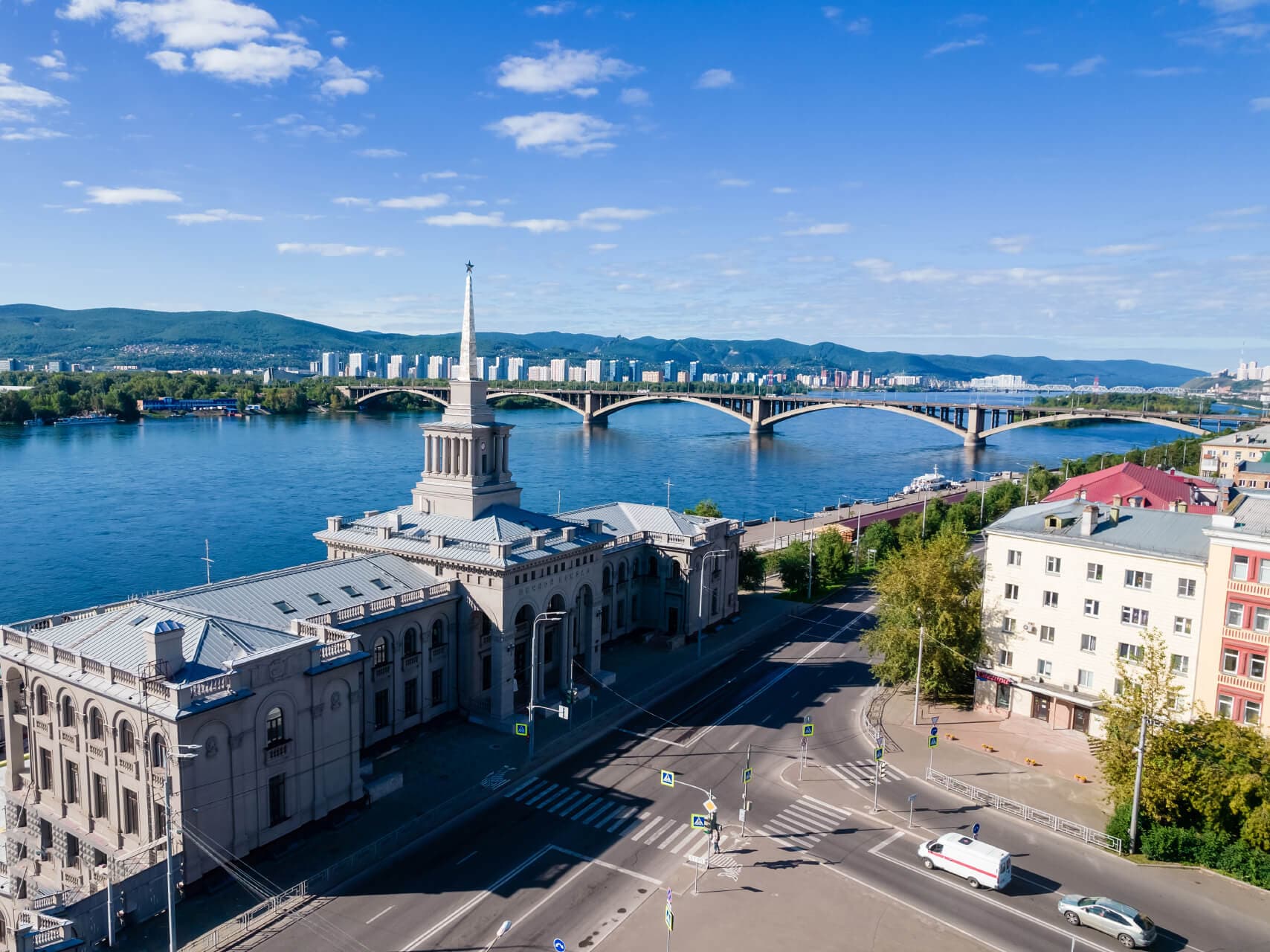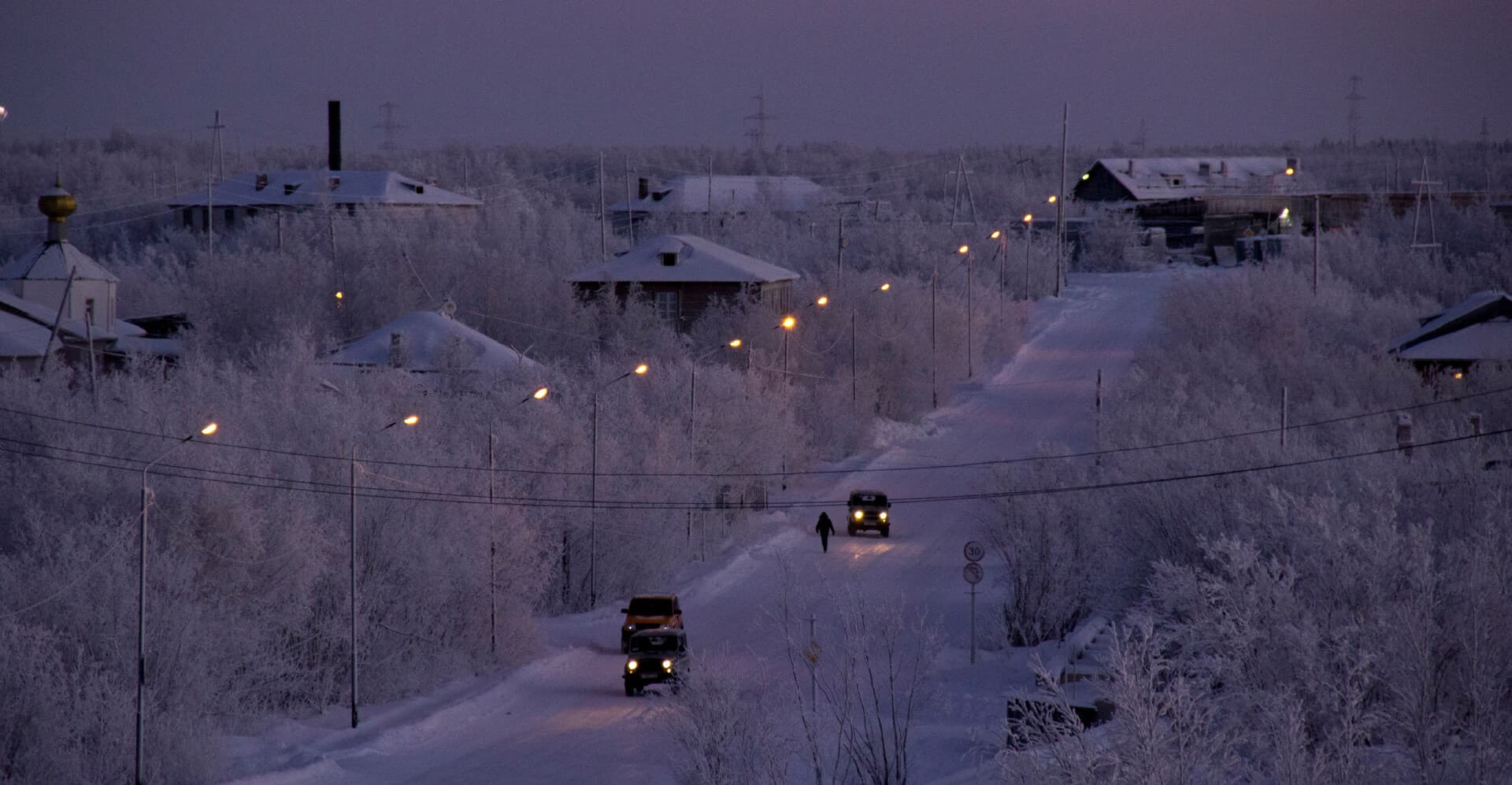The Krasnoyarsk Territory is located in Central and Eastern Siberia and the north of the territory borders on the Kara and Laptev Seas.
The following parts of the region are located within the Arctic zone:
- The city of Norilsk.
- The Taimyrsky Dolgano-Nenetsky and Turukhansky Districts.
- Ten settlements in the Evenki District – Essey, Kislokan, Nidym, Surinda, Tutonchany, Tura, Uchami, Chirinda, Ekonda, and Yukta.
Administrative centre: Krasnoyarsk.
Population of the territory: approximately 2.8 million, including more than 237,000 in the Arctic zone.
Area of the territory: 2,366,800 km2.
Area of territories in the Arctic zone: 1,094 km2.
Time zone: UTC+7. The territory is 4 hours ahead of Moscow.









